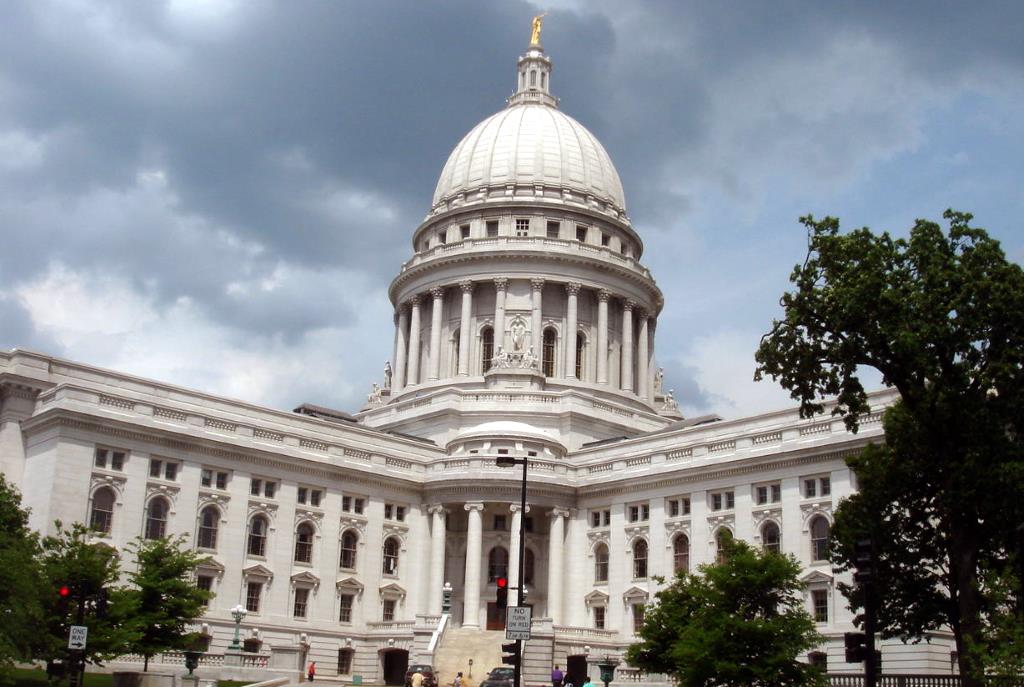New Medicaid Savings Could Benefit Taxpayers
Two factors will reduce state Medicaid costs and give legislators room to improve system.
A couple of factors should yield significant savings in state spending for Medicaid and BadgerCare during the current biennial budget. If state tax collections don’t fall short (which is a definite possibility), Medicaid savings could be used to build up the states meager budget reserves, and I hope state policymakers will also invest a little in initiatives to make the health care system more efficient, in order to hold down the future growth of Medicaid spending.
Early next week the Department of Health Services (DHS) should release a quarterly report about Medicaid spending from October through December. I expect that report to shed a little more light on the potential savings, but DHS might focus just on the estimated savings during that specific quarter, and not on the much larger savings over the next 18 months of the biennium.
My optimism about the Medicaid budget stems from a December 11th Legislative Fiscal Bureau memo written for Senators Jon Erpenbach and Jennifer Shilling. The focus of that memo is on the very substantial savings the state could achieve by expanding BadgerCare (more than $1 billion over 6 years), but it also hints at other savings the state will enjoy – with or without an expansion of BadgerCare eligibility.
Aside from the potential savings from expanding BadgerCare, the LFB memo has these two other bits of good news for the state’s current budget:
- Reduced enrollment of childless adults – The number of childless adults participating in BadgerCare was growing very rapidly last year and for the first several months of 2015, and that made it difficult to estimate where it would peak. However, we can now see that the number of childless adults in BadgerCare is about 10,000 below the assumption made last spring for the budget bill. That shift will yield substantial savings for the state over the last several months, and perhaps as much as $45 million over the full biennium.
- Wisconsin’s slow income growth will increase the federal matching rate – The federal share of Medicaid spending varies from state to state, based on a formula that provides more assistance to states with less income. Apparently, Wisconsin personal income has been growing a bit slower relative to other states than was expected when the state budget bill was developed last spring, and that will increase the federal share of Medicaid spending in Wisconsin in federal fiscal year 2017. According to the Dec. 11th LFB memo, beginning in October 2016 there will be a 0.36 percentage point increase in the federal match rate. Although that might not sound like much, it amounts to almost a 1% reduction in the state share of Medicaid spending, which by my preliminary calculations should save Wisconsin roughly $17 million during the last 9 months of this biennium.
Although other variables might increase costs and could offset these potential savings, I think the state should be able to achieve some net Medicaid savings that could be used for modest increases in the state’s inadequate budget reserves. And I would love to see DHS use a portion of the savings for initiatives that could bring down Medicaid spending in future years. A few examples include initiatives to reduce obesity, improving screening and early intervention for substance abuse, and investing in “medical homes” to provide cost-effective care coordination for children. This is a good time to think creatively about the types of health reforms that improve preventative care in order to improve outcomes, while also holding down long-term spending.





















UPDATE: I initially posted this story on the WI Budget Project Blog on Dec. 30. Today the Dept. of Health Services released their new quarterly report on the Medicaid Budget, and it projects that the changes I discussed plus a couple of smaller items are expected to yield a net savings for the state of $72.6 million over the course of the current biennium.
As their report notes, Medicaid spending estimates can fluctuate, so it’s not like the state can bank on those savings. But I hope the improved fiscal picture will produce at least a small boost in the state’s inadequate reserves and will give DHS a little room to think about options for short-term investments (such as improvements in substance abuse screening and treatment) that should yield long-term savings.